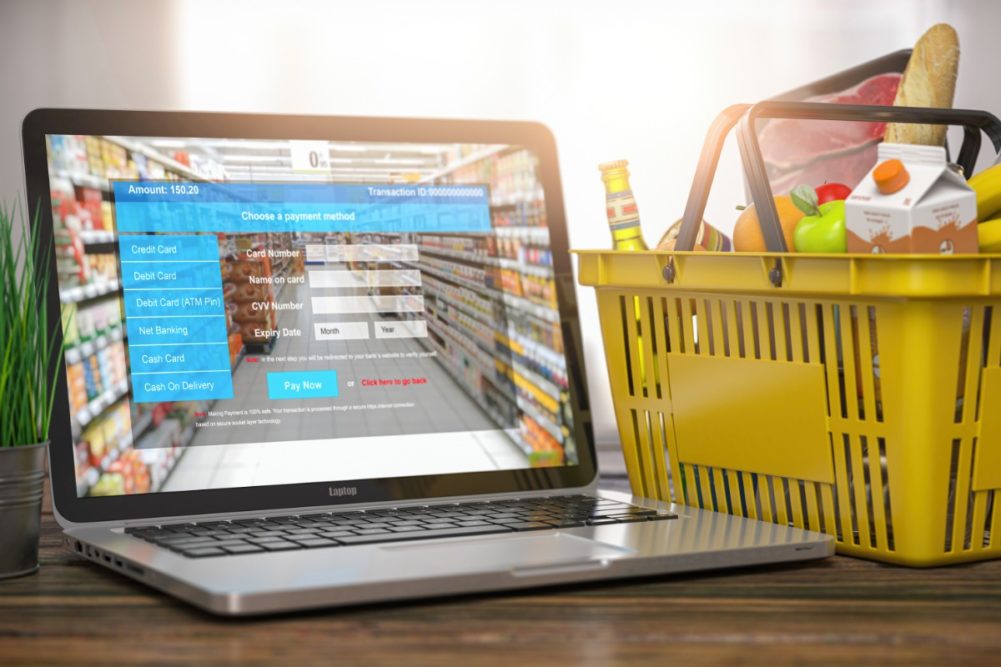ARLINGTON, VA. —The surge in online grocery shopping during the coronavirus (COVID-19) pandemic is bringing the channel’s strengths and weaknesses into focus.
“In store definitely has advantages in terms of allowing you to select your own perishable items, finding better customer service experiences and even the easy returns,” said Laurie Demeritt, chief executive officer of The Hartman Group, during a June 24 webinar hosted by The Food Industry Association (FMI.) “There's also perception of affordability. Shoppers feel online has its advantages in terms of more transparency through detailed product information. That leads to a feeling of more openness and honesty.”
Online also has a convenience factor, and consumers tend to think it offers a greater selection, according to data from The Hartman Group and FMI.
The challenge for retailers going forward will be balancing the need to reduce friction while meeting consumers’ functional and emotional needs.
One area of weakness involves shoppers’ lack of planning when it comes to meals.
“This idea of last minuteness can be a challenge for online retailers,” Demeritt said. “Clearly delivery times are getting faster, but for almost half of all dinners, people decide what to eat within an hour of actually consuming it.”
Retailers already are focused on opening up more order windows and increasing efficiency.
“That's why we continue to see retailers piloting so many different scenarios,” said Doug Baker, vice president of industry relations for FMI. “There's obviously a number of them working at customer fulfillment centers, but technology and automation is going to be where most of the investment is.”
While increased automation may help solve the “last minuteness” problem, it also draws attention to the human element missing in online experiences.
“Consumer perception is really important here,” Baker said. “Whether true or not, there is a belief that if someone is picking groceries for you, you would like them to be a store employee. It is this idea of an employee going into a store that has a beautiful display of produce or has the folks in the meat case who know what they're doing.
“When we start talking about someone fulfilling it in the warehouse — whether it’s someone who isn’t necessarily a food specialist or a robot doing the work—there's a perception that it won't result in the highest quality selection.”
Another challenge is replicating the feeling on browsing through aisles.
“Shopping can be fun because you're finding new products, you're sampling something,” Demeritt said. “Maybe there’s a really cool end cap or a great idea for what to make for dinner at the last minute. That sense of discovery is lacking online, but it’s getting better as we think about more ways to disrupt things and surprise or delight the consumer.”
Opportunities exist to drive discovery through personalization.
“Almost half of all us adults have tried a customized diet or eating approach in the last 12 months, like paleo or veganism,” Demeritt said. “Shopping for that in person can be difficult.”
Retailers can further improve the online experience through curation, which involves targeting consumers with products they are going to be more interested in.
“We're already doing that to some extent with loyalty card data,” Demeritt said. “We've found consumers are willing to give up some of their information for benefits. I think a benefit would be getting that discovery back.”


